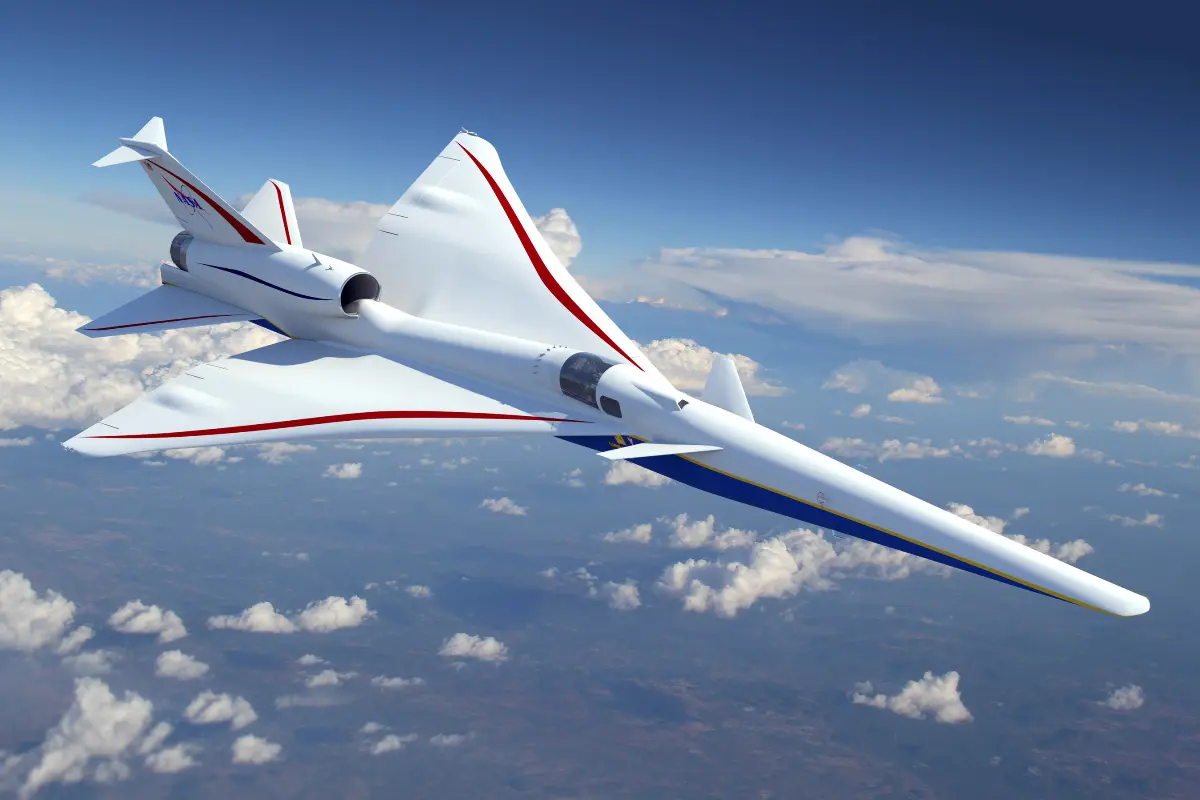
Do you want to access to this and other private contents?
Log in if you are a subscriber or click here to request service
All crazy about the supersonic plane
But twenty years after Concorde's retirement, many obstacles have taken over

On November 26, 2003, the Franco-British consortium British Aerospace withdrew the supersonic Concorde aircraft from the skies. Almost 20 years have passed since it was possible to fly between New York and London in less than four hours. Now, however, several manufacturers and air carriers are investing millions of dollars in an effort to build jets that are just as fast but more efficient, cleaner,...
Gic - 1244943
AVIONEWS - World Aeronautical Press Agency
AVIONEWS - World Aeronautical Press Agency